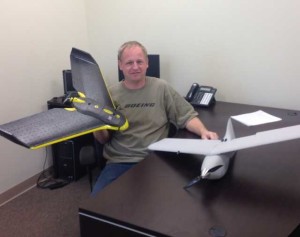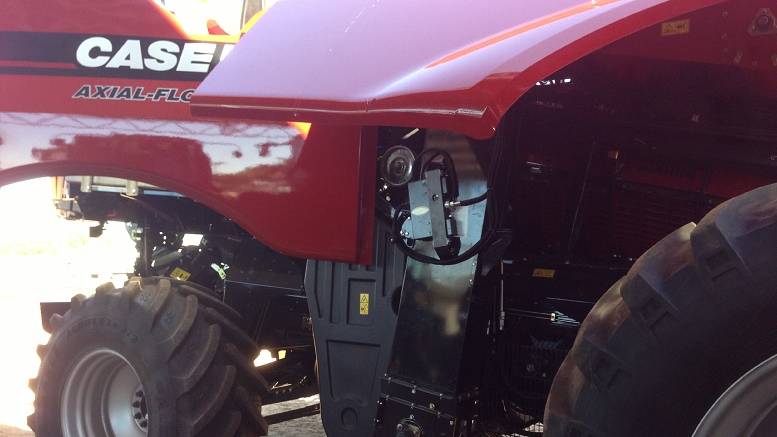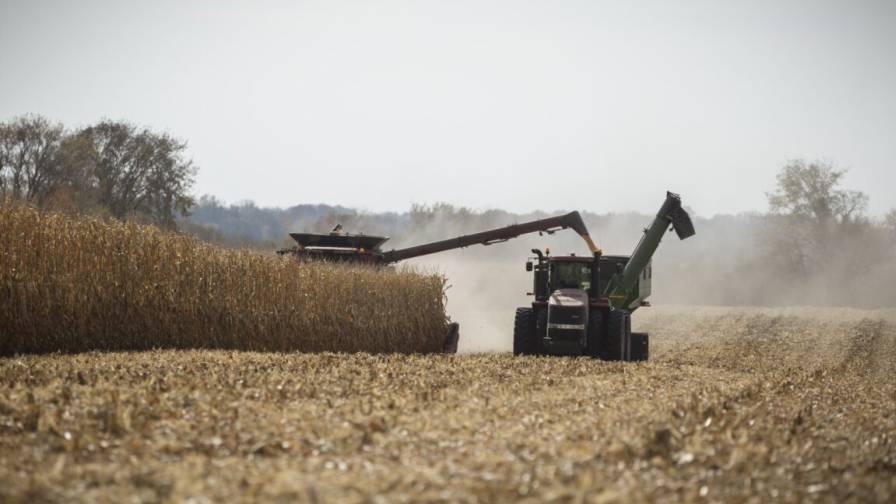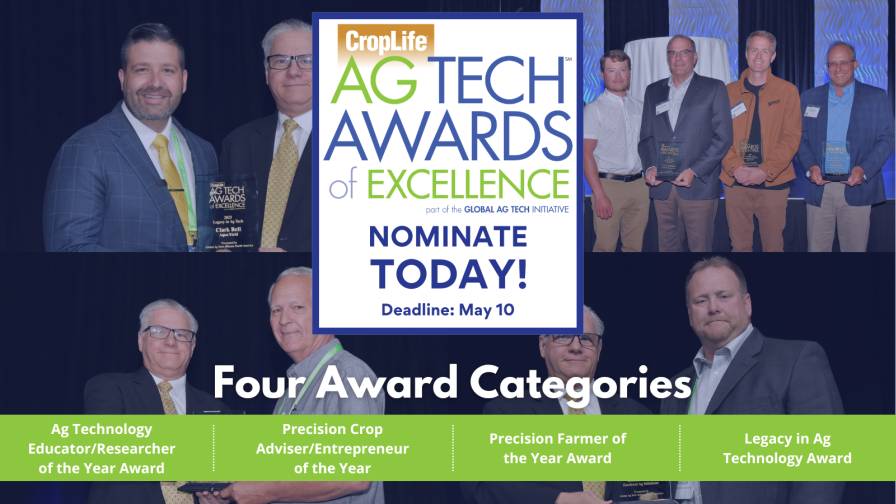Real-World UAV Experience In Agriculture

Minnesota grower Todd Golly shows off his senseFly and Farm Intelligence unmanned aerial vehicles (UAVs).
Judging by the buzz at recent farm shows and the flurry of activity at the Federal Aviation Administration, unmanned aerial vehicles (UAVs) are taking agriculture by storm. CropLife magazine talked with one savvy grower who’s really done his homework on this technology. Here, Todd Golly, owner of Golly Farms, Winnebago, MN, shares his expertise on this valuable new agronomic tool.
How did you get interested in UAVs?
Golly: Two years ago a company called Farm Intelligence, based in Mankato, MN, approached me and several other farmers in the peer group we belong to. They wanted to use our group to test their UAVs and image analysis ideas. They started flying our fields, and I saw the potential.
What were they showing you? What did you do with the information they gave you?
Golly: At first it was just photos showing the UAVs and their abilities. As we progressed, they could show us nitrogen problems, fertilizer problems and moisture issues in fields as well as how the vehicle was able to map residue, tile lines and population counts. We have about 6,000 acres of corn and soybeans. My dad’s a pilot, so we’ve always been able to view the crops from above and saw the value of it. But it’s not cost effective any more with fuel prices and insurance on a plane. The UAV gets the same results.
What costs were involved?
Golly: None to start out with Farm Intelligence’s testing. Last summer I purchased my own drone, a senseFly eBee, for about $23,000.
That sounds like an expensive unit — why did you choose it? How did you find it?
Golly: I pretty much did research on the Internet. It seems like there are hundreds of drones out there made by individuals or hobbyists. This was the most finished product I saw. It’s made by a fairly large company based in Switzerland — senseFly — that’s been in business for a while. The best feature is it’s very easy to use. When I got the eBee, I pulled it out of the box, didn’t even read the instructions and I had it flying within about 20 minutes.
There are a lot of $5,000 UAVs available, but they don’t fly themselves. They’re kind of fancy remote-controlled planes, so I don’t know why they call them drones. With the eBee, you program and upload a flight plan. To launch it, you just throw it up by hand (don’t need a catapult). It flies the mission, taking the photos all by itself — you don’t have to push a button like with some of the cheaper UAVs where you have to guess where to take a photo. The eBee figures out the wind, what direction to land in, and it will land within two feet of where you want it to. I can launch it, go in my shop, come out an hour later, and it’s just sitting where I want it to be.
How has the software worked for you?
Golly: The software is very easy to use. It automatically pulls in Google Maps and uses GPS to find your field.
What other issues have you dealt with?
Golly: The weather is definitely a challenge, especially in Minnesota. The eBee can fly in winds up to 15 to 20 mph. You really want that lower, just because it can fly doesn’t mean you’re going to get good pictures.
What will you be doing this season?
Golly: In our area we’re going to use the UAV a lot for drainage tile. In addition, by mapping residues we could variable-rate nitrogen in the near future. The eBee can also actually do elevation maps, surveying within 5 centimeters. We can probably use that information to create management zones, correlating yields and topography. We’ve also decided to start our own drone business called Leading Edge Technologies. Two of the original test farms have partnered together, and we’ve hired another person with GIS background. We’re now a distributor for the senseFly and Farm Intelligence products.
What are you finding out about how dealers are using UAVs?
Golly: A lot of the clients that we have come in, like the co-ops, may want to do a couple things. One is using the UAV to just enhance their service products. It can be a tool in an agronomist’s bag to show farmers how their hybrids are doing or what their weeds are doing. Instead of a scout going out to one or two spots in a field, the farmer will get a whole field scouted quickly. If some of our customers may want to sell the UAVs, we can make them a subdealer. They can sell them to farmers to fly themselves.
What advice would you have for farmers and dealers?
Golly: This is one of those technologies, like autosteer, that everybody is going to do eventually. It’s going to take some time to get everything ironed out, but there’s an advantage in getting in it soon to learn and get ahead of your competition. Be careful about the UAV you use. I would definitely suggest getting a higher priced one so that you actually use it, and it doesn’t sit on the shelf. I demonstrated my eBee to someone who bought a $7,000 drone. All he said afterwards was, “I just wasted $7,000.”
Your comments on UAVs at last summer’s ASA Soybean Marketing and Production College in St. Paul were very well received. What has happened since then?
Golly: We’re still just getting the business set up, but a lot of co-ops and farmers want to talk to learn more. We’ve even gotten calls from all over, including Utah, North Carolina and Arizona. We haven’t advertised, but we’ve had clients coming and wanting to know what we can do for them. So it’s been very easy so far. The response is exciting, and it’s fun to use the technology and hopefully make farmers some more money.
What challenges do you see ahead?
Golly: I think we’ll need to stay on top of what the FAA is doing. The FAA has a number of guidelines already: The drone’s weight has to be under 4 pounds, it can’t fly more than 400 feet in the air, it can’t fly near an airport and it can’t fly at night. FAA is working very rapidly to get the rules for agriculture set up. I think they’re learning as everybody else is, and they just need to regulate it so nothing bad happens — there are issues about privacy, for instance. The goal is 2015. Then you’ll have to get your UAV registered and licensed, so local governments can keep track of it, much like a four-wheeler.
Plus, there’s going to be a lot of new technology coming to keep up with. The drones themselves may stay the same but the imagers and cameras will get more advanced.





